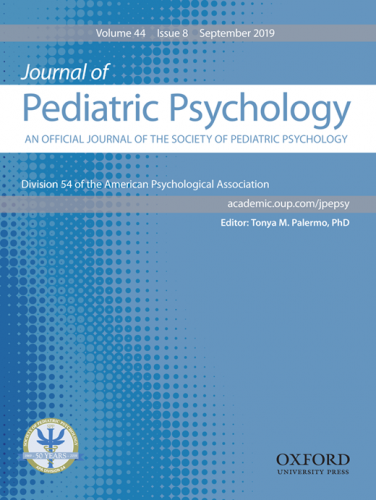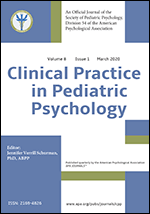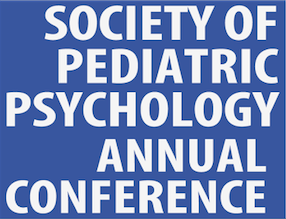Problem Solving Therapy
Editors: Emily F. Law, Ph.D.; Emma Fisher, Ph.D.
Date: July, 2019
Empirical review status: Very strong recommendation.
Summary of sample characteristics across studies:
| Variable | Example |
| Child Age | Across trials, there was variability in the age range of children:
|
| Child Sex | All trials enrolled both male and female children |
| Parent Sex | Three studies enrolled only mothers (Sahler et al., 2002; Sahler et al., 2005; Sahler et al., 2013). The remaining studies enrolled >90% mothers (e.g., Seid et al., 2010; Wade et al., 2005). |
| Family Ethnicity/Race | The majority of trials enrolled primarily Caucasian/Non-Hispanic families. In two trials, participants were primarily Hispanic (Sahler et al., 2013; Seid et al., 2010). |
| Therapist type | In the majority of trials, treatment was delivered by master’s level therapists or Ph.D. students. |
| Presenting problem |
|
| Socioeconomic status | In the majority of trials, average socioeconomic status of families was middle to upper class. In a few trials, families were from predominantly lower socioeconomic backgrounds (e.g., Nansel et al., 2012; Sahler et al., 2013; Seid et al., 2010) |
| Language | In two trials, the intervention was delivered in English and Spanish (Sahler et al., 2005; Sahler et al., 2013; Seid et al., 2010). In all other trials the intervention was delivered in English. |
Brief summary of treatment:
- Basic premise: Psychological distress in response to a child’s chronic medical condition is influenced by the ability to use constructive social problem solving attitudes and skills to cope with stressful events.
- Essence of therapy: Problem solving therapy teaches a structured approach to responding to real-life problems. Skills are typically taught in a sequence including identifying the problem, brainstorming solutions, decision making, solution implementation and evaluation/revision. Modeling, behavioral rehearsal, in-vivo practice, and performance feedback are used to support acquisition and generalization of skills.
- Length: Treatment duration for children: 0-11 hours. Treatment duration for parents: 4-11 hours.
Treatment resources:
Treatment Manual Available For Purchase
Problem Solving Therapy: A Treatment Manual (Nezu, Nezu & D’Zurilla, 2012)
Self-Help Books
Solving Life’s Problems: A 5-Step Guide to Enhanced Well-Being (Nezu, Nezu & D’Zurilla, 2006)
Training Resources
APA Psychotherapy Training Video: Problem Solving Therapy, with Drs. Arthur Nezu & Christine Maguth Nezu (2009)
Worksheets/Handouts
Social Problem-Solving Inventory Revised (SPSI-R; D’Zurilla, Nezu & Maydeu-Olivares, 2007)
Worksheets/Handouts
See Worksheets/Handouts in Problem Solving Therapy: A Treatment Manual (Nezu, Nezu & D’Zurilla, 2012) and Solving Life’s Problems: A 5-Step Guide to Enhanced Well-Being (Nezu, Nezu & D’Zurilla, 2006)
Key reviews:
- Law, E., Fisher, E., Eccleston, C., & Palermo, T. M. (2019). Psychological interventions for parents of children and adolescents with chronic illness. The Cochrane database of systematic reviews, 3, CD009660.
- Law, E.F., Fisher, E., Fales, J., Noel, M., & Eccleston, C. (2014). Systematic review and meta-analysis of parent and family-based interventions for children and adolescents with chronic medical conditions. Journal of Pediatric Psychology 39(8), 866-886.
Click here for additional clinical trials, systematic reviews, and meta-analyses.



